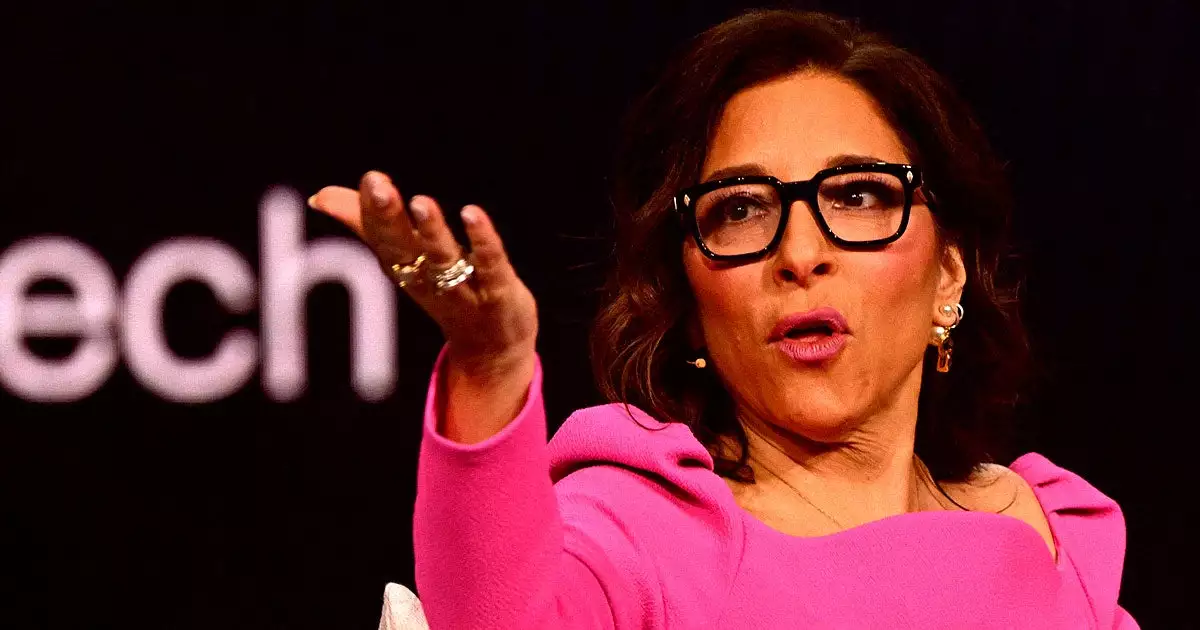Bluesky Sees Surge in Users Amid U.S. Election Season
Bluesky, the social media platform born from Twitter’s roots, has experienced a significant boost in its user base following the U.S. presidential election. As users seek alternatives to Elon Musk’s X and Meta’s Threads, Bluesky’s decentralized approach has attracted increasing attention.
Originally backed by former Twitter CEO Jack Dorsey, Bluesky was designed to replace Twitter’s core mechanic with a more distributed system. Since October, the platform’s user count has more than doubled, surpassing 25 million users.
This rapid growth, however, has not come without challenges. Bluesky has seen an influx of bots and faced resource constraints due to its small team. Despite these hurdles, the platform has experienced a notable increase in monthly active users and web visits.
External factors have contributed to Bluesky’s expansion, including the U.S. elections and a temporary ban of X in Brazil. The platform, which opened to the public in February after an initial invitation-only phase, has developed moderation tools and features like “starter packs” to enhance user experience.
Bluesky aims to differentiate itself from larger platforms by emphasizing user control and offering an alternative to corporate-dominated social media. However, the platform faces emerging issues with AI bots posting plagiarized content and the spread of foreign disinformation narratives.
In response to these challenges, Bluesky has bolstered its moderation team and introduced new detection systems. Users can now subscribe to third-party “Labelers” for content moderation, and the platform is actively working to improve its Community Guidelines.
As Bluesky continues to grow, it faces the ongoing challenge of remaining relevant to younger generations and competing with visual-focused platforms. The platform’s approach of not catering to all demographics sets it apart from larger competitors, but may also limit its potential growth in an increasingly polarized digital landscape.




 By
By




 By
By
 By
By
 By
By
 By
By







